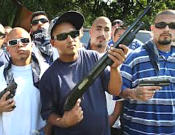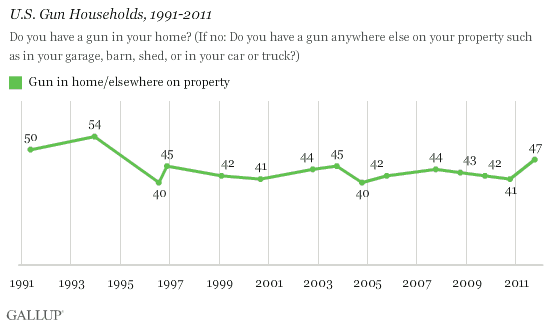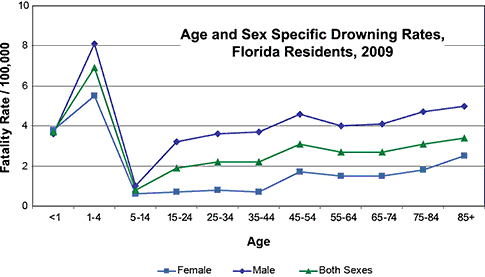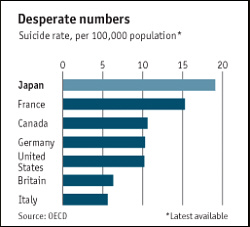

Putting Gun Death Statistics in Perspective
Gangs Remain Key Unaddressed Problem in Gun Debate
![]()
By Dustin Hawkins, About.com Guide. March 2013

JPFO Homepage Stats Widget
There are roughly 32,000 gun deaths per year in the United States. Of those, around 60% are suicides (this figure, as at 2024, is apparently 56%.'' for newer suicide information, visit WomenOnGuard.com) About 3% are accidental deaths (less than 1,000). About 34% of deaths (just over 11,000 in both 2010 and 2011) make up the remainder of gun deaths. Sometimes the 32,000 and 11,000 figures are used interchangeably by gun control advocates. Clearly, the 32,000 figure is a far more dramatic number and is often used for impact. These numbers are also regularly compared to other countries' gun statistics. But are they true? Here, we will examine some of the most common gun control arguments used and put those figures into perspective.
Gang Violence Driving Force of Gun Violence
To hear gun control advocates speak, one would be led to believe that gun violence is a widespread problem whereby the mere existence of a gun is as much a problem as the person who intends to wield it. But the reality is that gun homicides are overwhelmingly tied to gang violence. In fact, a staggering 80% of gun homicides are gang-related. According to the Center for Disease Control (CDC), gang homicides accounted for roughly 8,900 of 11,100 gun murders in both 2010 and 2011. That means that there were just 2,200 non gang-related firearm murders in both years in a country of over 300 million people and 250 million guns.
 Cities such as Chicago, Detroit, Philadelphia, Los Angeles, Cleveland, and New Orleans all have very high per-capita murder rates. Individual police estimates usually find at least 65% and often more than 80% of all murders in those cities are gang-related. Solve the problem of gang violence, and a huge chunk of the gun homicide and violence problem is solved. And what national gun control measures would slow the gang violence problem, when local gun control laws have failed in cities like Chicago? If politicians were really worried about gun deaths, wouldn't they be specifically targeting where a majority of the problems exist?
Cities such as Chicago, Detroit, Philadelphia, Los Angeles, Cleveland, and New Orleans all have very high per-capita murder rates. Individual police estimates usually find at least 65% and often more than 80% of all murders in those cities are gang-related. Solve the problem of gang violence, and a huge chunk of the gun homicide and violence problem is solved. And what national gun control measures would slow the gang violence problem, when local gun control laws have failed in cities like Chicago? If politicians were really worried about gun deaths, wouldn't they be specifically targeting where a majority of the problems exist?
2,200 Gun Homicides Per Year Beyond Gangs
The 2,200 figure is perhaps the most relevant of all gun statistics in the gun control debate given that the gun control laws are specifically targeted to this segment. If the government were interested in stopping gangs - and as a result also stopping the major contributor of gun violence - the gun laws would be more targeted. Yet most gun control legislation would do little-to-nothing to slow the growing gang problem. Most of the gun laws are aimed at a segment of the population that is mostly law-abiding and outside of the gang culture and would likely do little to stop any of the violence.
The United States is one of the most gun-friendly countries in the world. Roughly half of American households have a gun.

There are almost as many guns in America as people. It's common sense to know that, yes, the United States will probably have more gun murders than a country with almost no guns and no households with guns. I'd would also assume that Florida will have more swimming pool drowning deaths than, say, Michigan. But unlike swimming pools, guns can also be used for self-defense reasons. The reality remains that in a country of 315 million people (and almost as many guns) very few of the guns are ever used in any crime. If the mere existence of guns made people more violent, more likely to murder, and more likely to commit crime, the gun problem in America would be much worse.

Suicide Rates
Suicide is often a secondary reason gun control advocates use for wanting to "control" guns. It is true that roughly half of suicides in America are done by use of a firearm. Gun control advocates argue that suicides are often a momentary impulse and the availability of a gun makes people more likely to act on those impulses.  Japan is probably the opposite of the United States in regards to a gun culture. With few guns and gun-related deaths, Japan is one of the most heavily cited countries by gun-control advocates. But while the cultural differences between Japan and the USA (and resulting gun violence comparisons) make a gun control argument hard to realistically swallow, one thing stands out: the suicide rate in Japan is more than twice the United States' suicide rate. The US suicide rate is about the same as Great Britain, Canada, Denmark, Switzerland, and Iceland and well below France and Greenland. In reality, suicide rates seem to have little to do with the availability or accessibility of guns. It just so happens that in the US guns are the suicide weapon of choice, while in Japan it might be jumping in front of a train or poisoning. The method of "jumping" is so common in Japan that the families of train-jumpers are often charged a fine for clean-up.
Japan is probably the opposite of the United States in regards to a gun culture. With few guns and gun-related deaths, Japan is one of the most heavily cited countries by gun-control advocates. But while the cultural differences between Japan and the USA (and resulting gun violence comparisons) make a gun control argument hard to realistically swallow, one thing stands out: the suicide rate in Japan is more than twice the United States' suicide rate. The US suicide rate is about the same as Great Britain, Canada, Denmark, Switzerland, and Iceland and well below France and Greenland. In reality, suicide rates seem to have little to do with the availability or accessibility of guns. It just so happens that in the US guns are the suicide weapon of choice, while in Japan it might be jumping in front of a train or poisoning. The method of "jumping" is so common in Japan that the families of train-jumpers are often charged a fine for clean-up.
Mass Shootings Remain a Rarity
The reason that horrible tragedies like the Newton, Connecticut and Aurora, Colorado shootings are so gut-wrenching and shocking is rooted in a reality that such incidents are extremely rare. Unfortunately, politicians often aim to stir up emotional reactions and exploit these tragedies for political gain. With the incredible number of statistics that get thrown around and abused, it's important to sometimes step back and actually look at what the numbers say. Are the gun laws being proposed anything more than window dressing and "feel-good" legislation that will have little actual impact? Should more efforts actually be used in a results-oriented way, targeting the actual concentrated areas where gun crime occurs? Politics is often a processed-based and not results-oriented exercise, where "doing something" is often rewarded more than actually ever accomplishing anything.
![]()




































